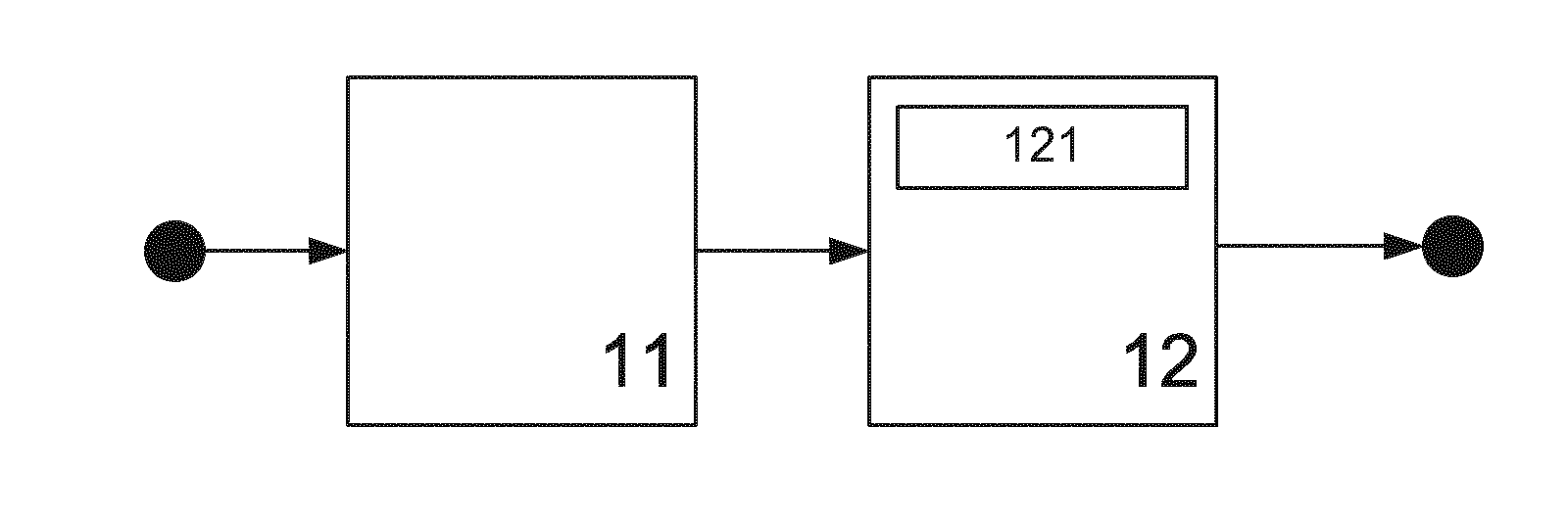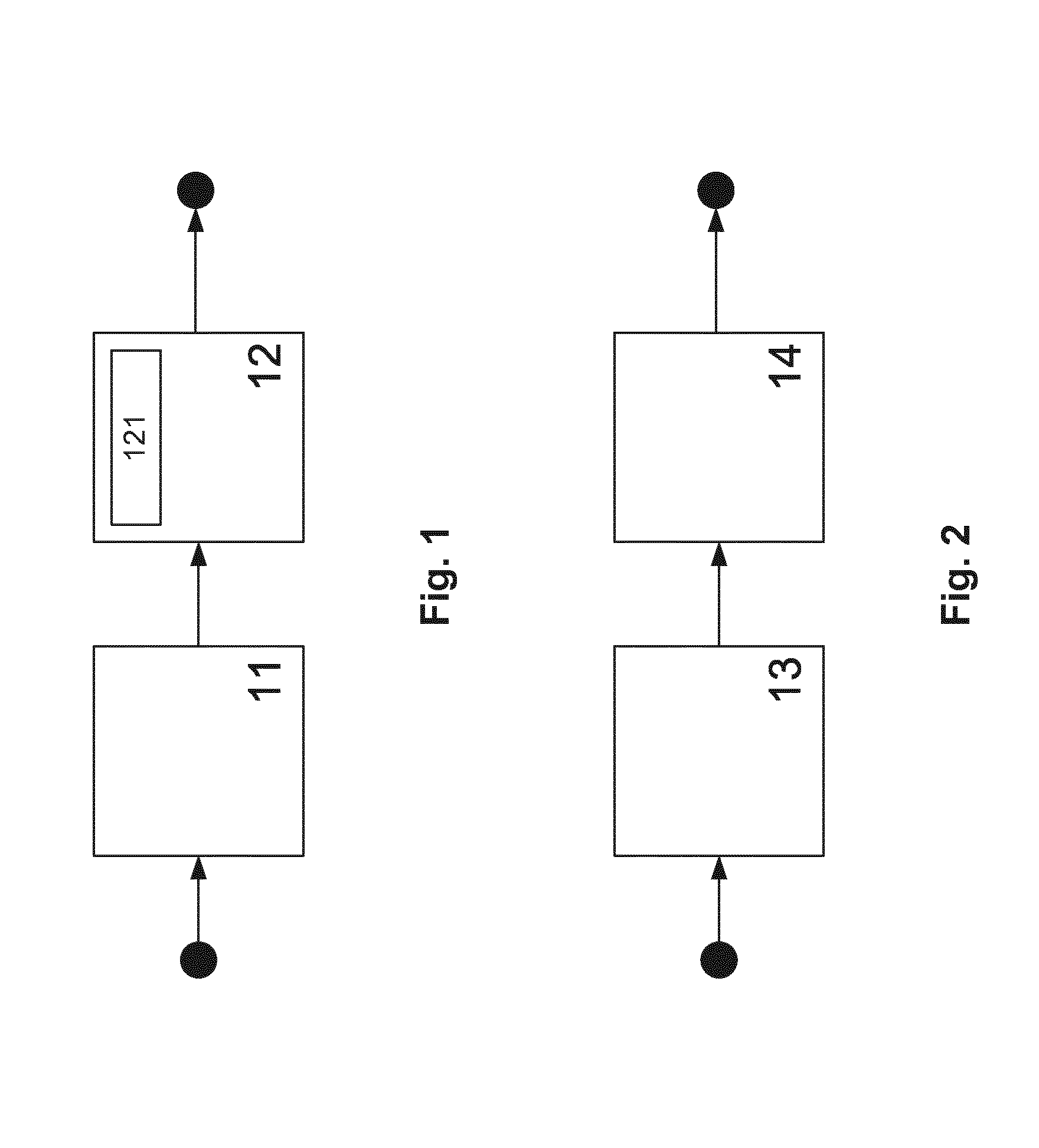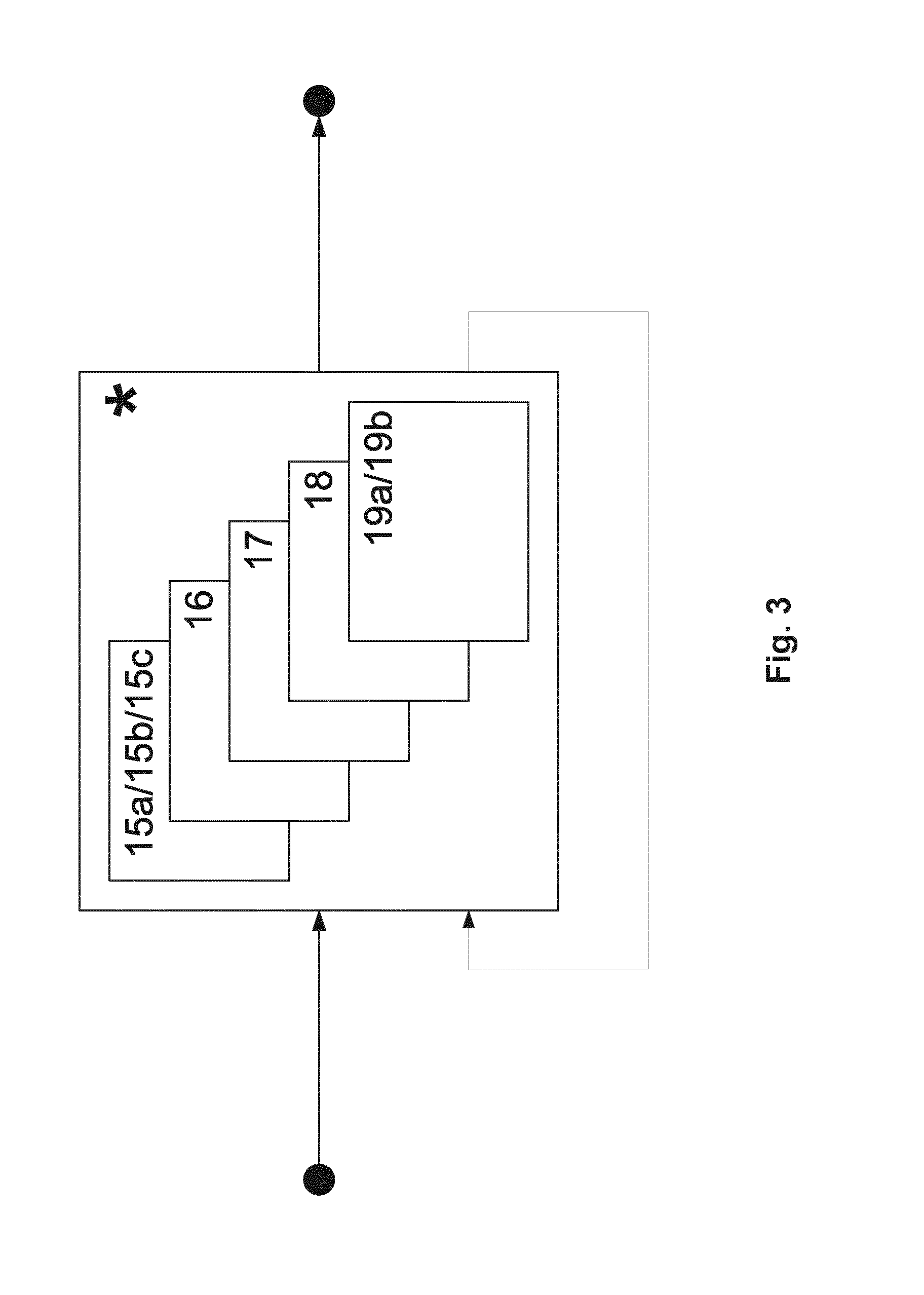Network Nodes and Methods for Transmitting Low-Latency Data in a Radio Communications System
- Summary
- Abstract
- Description
- Claims
- Application Information
AI Technical Summary
Benefits of technology
Problems solved by technology
Method used
Image
Examples
Embodiment Construction
[0063]According to the present invention, it is proposed to introduce speculative processing and speculative communication into mobile or wireless communications systems, in particular to protocol stacks. Communications in such a communications system is mainly done on data units, or data packages. Typical examples are so-called protocol data units (PDUs). However, the present invention applies to any kind of data units to be transmitted from one network node, or sender, to another network node, or receiver. The transmitting of data units can furthermore comprise a relay node, or hop, which acts as a receiver in one step of the method and as a sender in a further step of the method, as it receives a data unit transmitted from the original sender and forwards the data unit to the final receiver.
[0064]Typically a network node, or protocol entity, only starts processing of a PDU after the PDU has been fully received from the next lower or higher or peer protocol entity. According to so...
PUM
 Login to View More
Login to View More Abstract
Description
Claims
Application Information
 Login to View More
Login to View More - R&D
- Intellectual Property
- Life Sciences
- Materials
- Tech Scout
- Unparalleled Data Quality
- Higher Quality Content
- 60% Fewer Hallucinations
Browse by: Latest US Patents, China's latest patents, Technical Efficacy Thesaurus, Application Domain, Technology Topic, Popular Technical Reports.
© 2025 PatSnap. All rights reserved.Legal|Privacy policy|Modern Slavery Act Transparency Statement|Sitemap|About US| Contact US: help@patsnap.com



